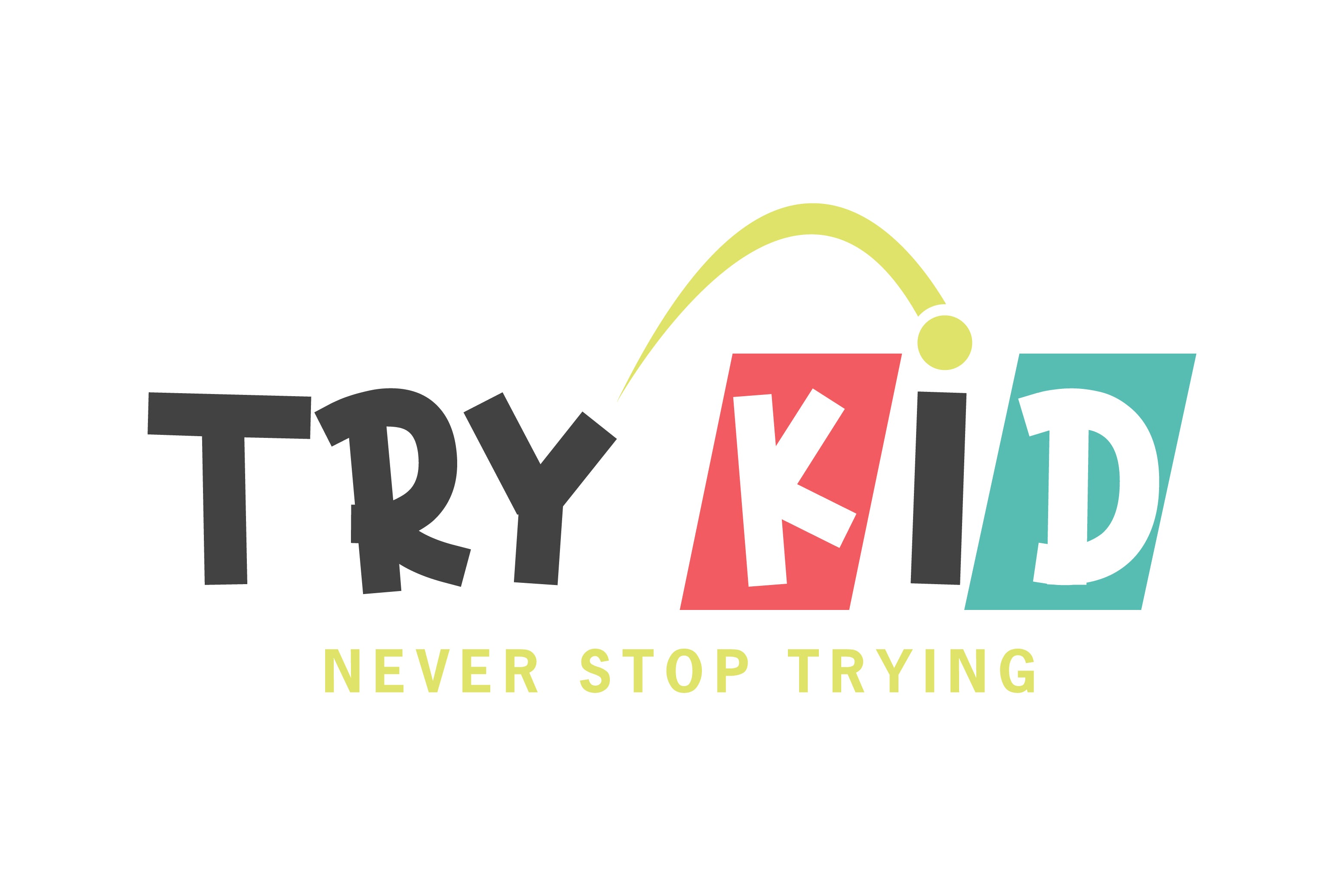The Ultimate Guide to Choosing Educational Toys for Different Age Groups
Children learn and develop through play, making the selection of educational toys a crucial aspect of their growth. The right toys can enhance cognitive abilities, foster creativity, and contribute to various aspects of a child's development. In this ultimate guide, we'll explore the key considerations for choosing educational toys tailored to different age groups, ensuring that every playtime becomes a valuable learning experience.
Understanding the Importance of Educational Toys
Before delving into specific age groups, it's essential to grasp the significance of educational toys in a child's development. These toys go beyond mere entertainment; they stimulate the senses, promote problem-solving skills, and lay the foundation for future learning. As children engage with educational toys, they develop cognitive, social, emotional, and motor skills in a natural and enjoyable way.
Birth to 6 Months: Sensory Stimulation
During the first six months of life, infants are primarily exploring the world through their senses. Opt for toys that stimulate their vision, hearing, and touch. Soft, high-contrast toys, hanging mobiles, and music-playing crib attachments can captivate their attention and encourage sensory exploration.
6 to 12 Months: Motor Skill Development
As infants begin to sit up and explore their surroundings, focus on toys that support motor skill development. Brightly colored soft blocks, textured balls, and toys that encourage crawling and grasping are ideal choices. Look for toys that make noise or have varied textures to engage their growing curiosity.
1 to 2 Years: Cognitive Development
Toddlers are rapidly developing cognitive and language skills. Opt for toys that promote imaginative play, such as building blocks, simple puzzles, and shape sorters. Musical instruments like toy drums or xylophones can also aid in the development of rhythm and coordination.
2 to 3 Years: Social and Emotional Growth
As children enter the toddler stage, social and emotional development becomes prominent. Consider interactive toys that encourage role-playing, such as kitchen sets, dolls, or action figures. Board games with simple rules can introduce the concept of sharing and taking turns, fostering essential social skills.
3 to 5 Years: Preparing for School
Preschoolers benefit from toys that prepare them for the academic challenges ahead. Educational games that focus on letters, numbers, and basic math skills can be both fun and instructive. Art supplies, like crayons and coloring books, promote creativity and fine motor skills.
5 to 8 Years: Exploration and Creativity
As children enter the early school years, encourage exploration and creativity. Science kits, building sets, and age-appropriate technology can fuel their curiosity. Board games that involve strategy and teamwork contribute to cognitive development and social skills.
8 and Above: Advanced Learning Tools
For older children, consider more advanced learning tools. Robotics kits, educational computer games, and hands-on science experiments provide an interactive and engaging way to learn. Encourage hobbies like coding or musical instruments to further develop their skills and interests.
Tips for Choosing Educational Toys
1. **Safety First:** Always prioritize safety when selecting toys. Choose items with no small parts that can be a choking hazard and ensure they meet safety standards.
2. **Age-Appropriate:** Consider a child's age and developmental stage when choosing toys. This ensures that the toys are both challenging and enjoyable.
3. **Multi-Sensory Engagement:** Look for toys that engage multiple senses. This not only makes playtime more enjoyable but also enhances the learning experience.
4. **Open-Ended Play:** Opt for toys that allow for open-ended play, encouraging creativity and imagination. Building blocks, art supplies, and imaginative playsets are excellent choices.
5. **Educational Value:** While the primary goal is fun, educational toys should also offer some form of learning. Check for toys that align with educational objectives for each age group.
Conclusion
Choosing the right educational toys for different age groups is a thoughtful and rewarding process. By understanding the developmental needs of children at each stage, parents and caregivers can provide toys that not only entertain but also contribute to their overall growth. The journey of learning through play begins with a well-curated collection of educational toys that inspire, challenge, and delight young minds.














